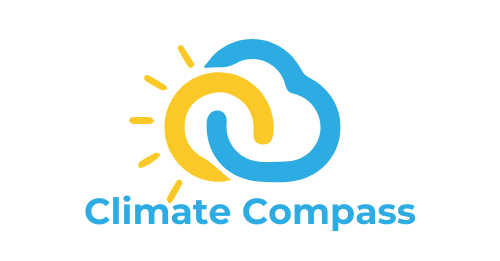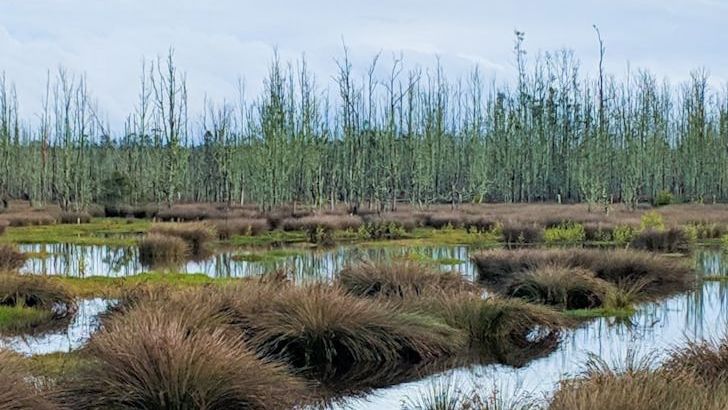- What Earth’s Magnetic Field Has to Do With Climate History - October 7, 2025
- The Science Behind Heat Domes and Their Growing Impact - October 7, 2025
- What Ancient Lake Beds Teach Us About Past Rainfall Patterns - October 6, 2025
Nature’s Kidneys Are Bleeding Out
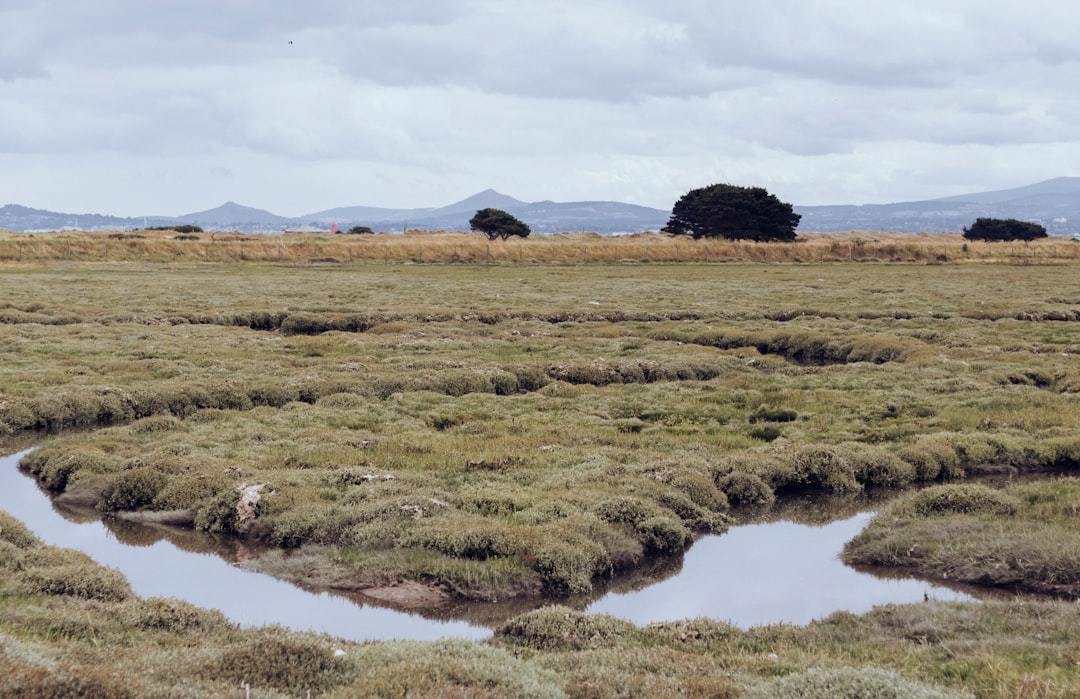
Think about this for a moment: the United States continues to lose significant wetland acreage – an area roughly the size of Rhode Island. That’s just one decade in one country. Globally, since 1970, an estimated 411 million hectares of wetlands have been lost, representing approximately 22% of the global total, with an ongoing annual decline of 0.52%. Imagine walking through your neighborhood and seeing every fifth house suddenly vanish – that’s essentially what’s happening to our planet’s wetlands.
Wetlands are disappearing three times faster than forests and are Earth’s most threatened ecosystem, with 35% of the world’s wetlands lost in just 50 years since 1970. Yet somehow, these landscapes that many people still dismiss as muddy wastelands are actually some of the most valuable real estate on Earth.
The Hidden Economic Powerhouse

Wetlands provide ecosystem services including clean water, food production, flood protection, and carbon storage that total more than 7.5% of global GDP, despite covering just 6% of the Earth’s surface. Let that sink in – these soggy patches of land punch way above their weight economically. The global economic value of wetland ecosystems has been estimated in the trillions of dollars per year, representing a substantial portion of the value of all natural biomes.
The estimated cost of wetland loss is staggering: up to USD $39 trillion in benefits that support people, economies, and nature, according to the Global Wetland Outlook 2025. To put this in perspective, that’s more than the entire GDP of the United States and China combined. About one in eight people make their livelihoods from wetlands in ways that also deliver food, water supplies, transport and leisure.
Climate Change’s Secret Weapon

Here’s where wetlands become truly fascinating from a climate perspective. Coastal wetlands sequester twice as much carbon in their soil than all tropical forests. They store more carbon than any other ecosystem on Earth, with peatlands alone storing twice as much as all the world’s forests, and wetlands covering only nine percent of the planet’s surface but storing up to 35 percent of terrestrial carbon.
Globally wetlands store vast amounts of carbon, mostly in peat soils, with 96 million tons sequestered per year. But there’s a catch – in 2025, an international team of scientists announced worrisome results from a study indicating that as the Earth’s climate gets warmer, wetlands will emit more methane, using special lamps and underground cables to simulate a warmer climate. This creates a dangerous feedback loop where climate change threatens the very ecosystems we need most to fight it.
Biodiversity’s Last Stand

Although wetlands cover only around 6 percent of the Earth’s land surface, 40 percent of all plant and animal species live or breed in wetlands. This statistic should make your jaw drop – wetlands are essentially biodiversity’s apartment buildings, cramming incredible amounts of life into relatively small spaces.
The recent Living Planet Index report reveals that monitored populations have declined by 85% since 1970, and an estimated 25% of wetland flora and fauna species are now threatened with extinction. Wetlands are one of the most productive and biodiverse habitats, with approximately half of all Endangered Species Act species in the United States being wetland dependent.
Wetlands provide stopover and wintering habitats for more than 4 billion birds from Canada as well as breeding habitats for nearly five billion migratory birds en route to the tropics. When you watch a flock of geese flying overhead, remember that their survival depends on a network of wetlands that’s rapidly shrinking.
Nature’s Insurance Policy Against Disasters

Wetlands absorb excess water and precipitation, which means they are nature’s disaster management systems, helping with flood alleviation, a necessity considering the devastating floods that have wreaked havoc around the world in recent years. Wetlands safeguard the 60% of humanity along coastlines against storm surges, hurricanes and tsunamis.
Mangroves and other coastal wetland ecosystems are well known storm buffers, providing a natural shield against storm surges and tsunamis and decreasing their power, while also playing an important role in the recovery phase after powerful storms, providing coastal communities with sources of food and building materials. Think of wetlands as nature’s shock absorbers – they take the hit so we don’t have to.
The Water Crisis Solution Hiding in Plain Sight
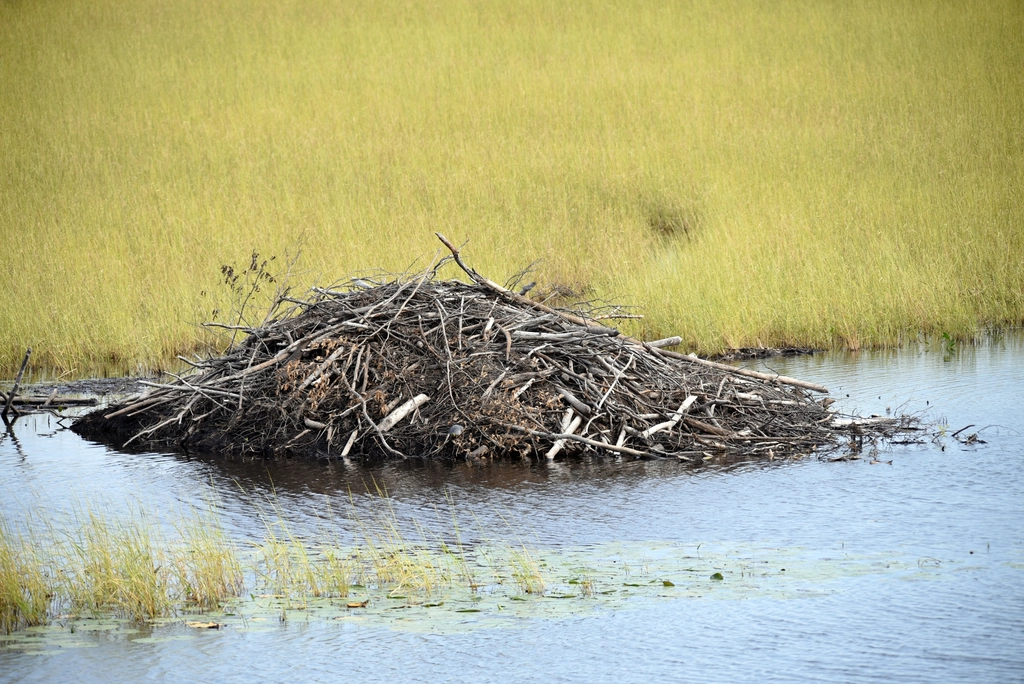
Wetlands, including underground aquifers and man-made reservoirs, also provide water storage and purification through the plants and microorganisms that they house, a magnificent adaptive quality, particularly in countries that face long periods of drought. Growing populations along the Nation’s coast have led to more nutrients and pollutants such as fertilizer and sewage that can runoff into the watershed, and wetlands can help filter out those contaminants.
Wetlands are part of wider hydrological systems and basins, playing a vital role in the hydrological cycle, acting as natural harvesters of rainwater, storing water for release over time through a complex interaction between surface and groundwater. They’re like natural water treatment plants that work 24/7 without electricity or maintenance crews.
Fighting Back Against Time
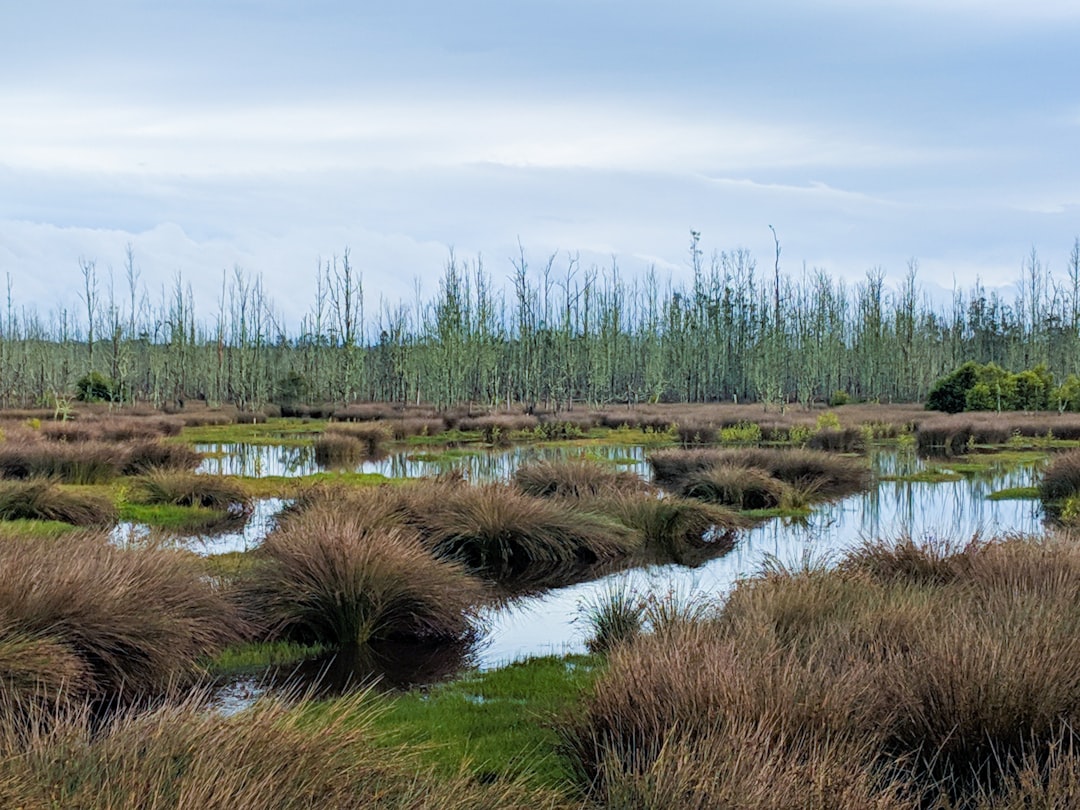
At the continental scale in North America, annual wetland area decreases by approximately 10% under high emission scenarios, with spatiotemporal changes varying and reaching up to ±50%, as the dominant driver shifts from precipitation to temperature in higher emission scenarios. The projected disruptions to wetland seasonality cycles imply further impacts on biodiversity in major wetland habitats of upper Mississippi, Southeast Canada, and the Everglades, with wetlands projected to significantly shrink in cold regions due to increased infiltration as warmer temperature reduces soil ice.
But here’s the thing about wetlands – they’re resilient little fighters. Wetlands are dynamic systems that experience cycles of wet and dry phases on seasonal, annual, and decadal scales, and because of that natural variability, many wetlands may be able to persist and continue to provide ecosystem services despite climate change.
The Restoration Success Stories

Prevention is cheaper than restoration, and progress is possible – in Zambia’s Kafue Flats, an initial restoration project costing just $300,000 helped reactivate seasonal flooding and control invasive species, with today more than $1 million per year invested in protecting biodiversity, water systems, and livelihoods for 1.3 million people. This shows that smart investments in wetland restoration can pay massive dividends.
Several experts contend that nature-based solutions such as healthy wetlands can provide many of the same benefits of traditional man-made infrastructure at a much lower overall investment and maintenance cost, and unlike traditional human-made structures, a well-designed and maintained natural infrastructure project will not depreciate like an artificial system, and may actually increase in value over time.
The Global Wake-Up Call

Considering that the Ramsar Convention entered into force on December 21, 1975, the year 2025 marks 50 years of its implementation. 2025 is especially relevant since the COP15 for wetlands will take place during the summer, where the signatory parties of the Convention on Wetlands will meet to agree a three-year plan for the conservation and defense of these valuable ecosystems.
Wetland conservation priority areas account for 28% of global wetland area yet less than half currently fall within protected areas, according to a cost-effective assessment model for wetland conservation that integrates wetland conservation value and human impact-related indicators. This gap between what needs protection and what actually gets it is enormous.
The Tipping Point We Can’t Ignore
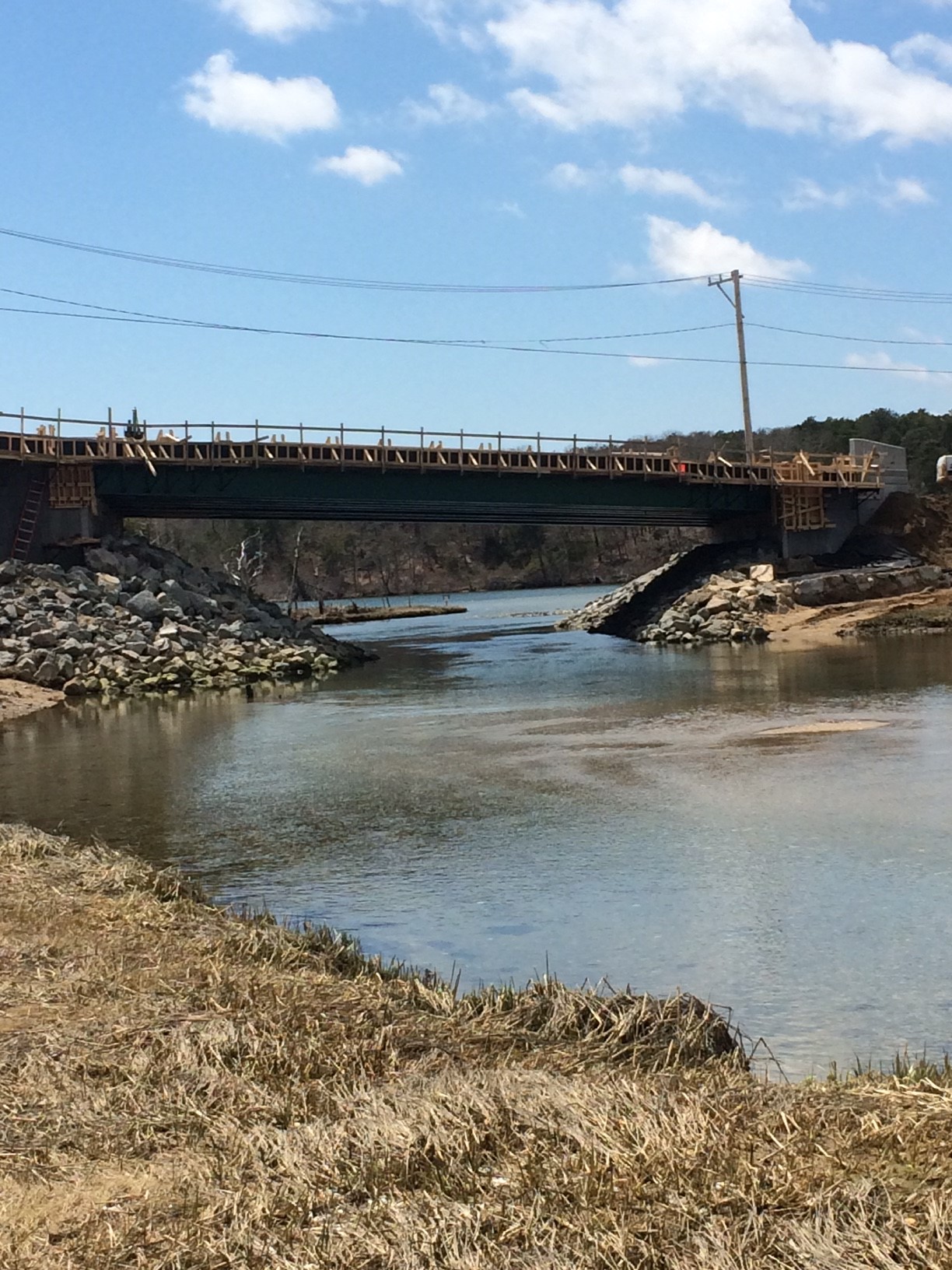
Degradation now rivals outright loss, with around 25% of the remaining wetlands in poor ecological condition, and this proportion is increasing in all regions due to multiple interacting pressures, including agricultural expansion, pollution, infrastructure development, hydrological disruption and the impacts of climate change. We’re not just losing wetlands – we’re watching the ones that remain slowly fade away.
The gradual impacts of global warming, habitat destruction, and biodiversity loss are bringing the world closer to the edge of various tipping points, beyond which changes in earth systems will be sudden and irreversible, with the disappearance of wetlands serving as an example of an early warning before local tipping points are reached. Chennai’s devastating floods and droughts serve as a stark reminder of what happens when we ignore these warnings.
The Path Forward
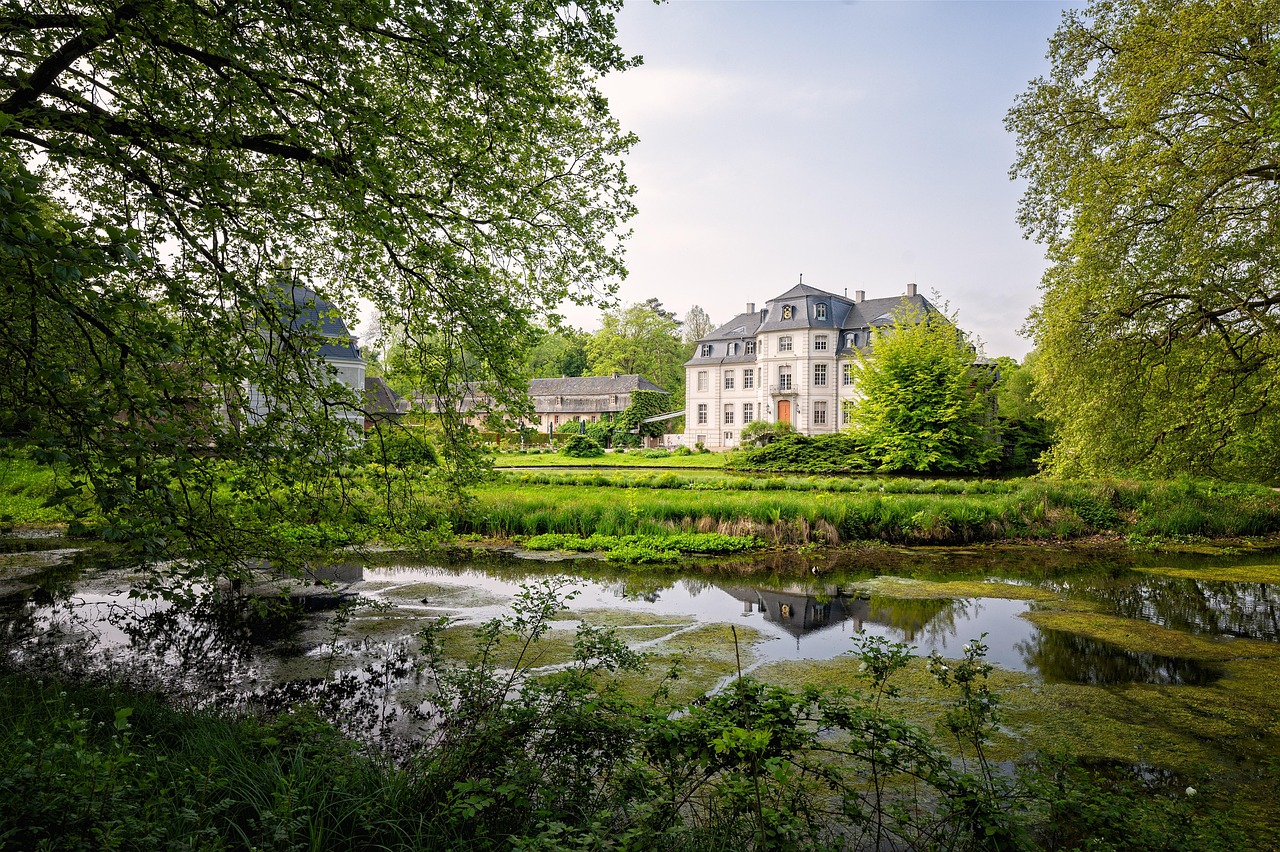
Four pathways to reversing wetland loss include integrating wetland value in decision-making, recognizing wetlands as key to the global water cycle, embedding wetlands in innovative financing mechanisms including carbon markets and resilience bonds, and mobilizing public and private resources for wetland restoration through partnerships that fund action on the ground.
Unless nature is brought into decision-making at all levels, our ability to wisely use the biosphere’s goods and services efficiently while allowing regeneration remains compromised, with the world facing a colossal biodiversity financing gap where current investments in conservation are only about one-fifth of the finances needed to arrest the decline and loss of biodiversity.
What Happens If We Fail
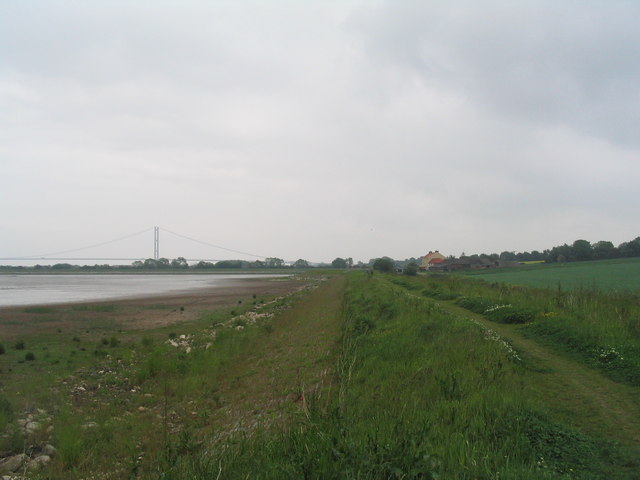
The vicious cycle of wetland loss, threatened livelihoods, and deepening poverty is the result of mistakenly seeing wetlands as wastelands rather than life-giving sources of jobs, incomes, and essential ecosystem services, with a key challenge being to change mindsets to encourage governments and communities to value and prioritize wetlands.
The math is brutal and simple. Wetlands are disappearing, and with them, the water, food, and natural defenses that sustain life, though the solutions exist and the roadmap is there – protect what remains, restore what has been lost, and secure a future where wetlands thrive. We’re at a crossroads where the next decade will determine whether wetlands become humanity’s salvation or our biggest regret.
The Question That Keeps Scientists Awake at Night
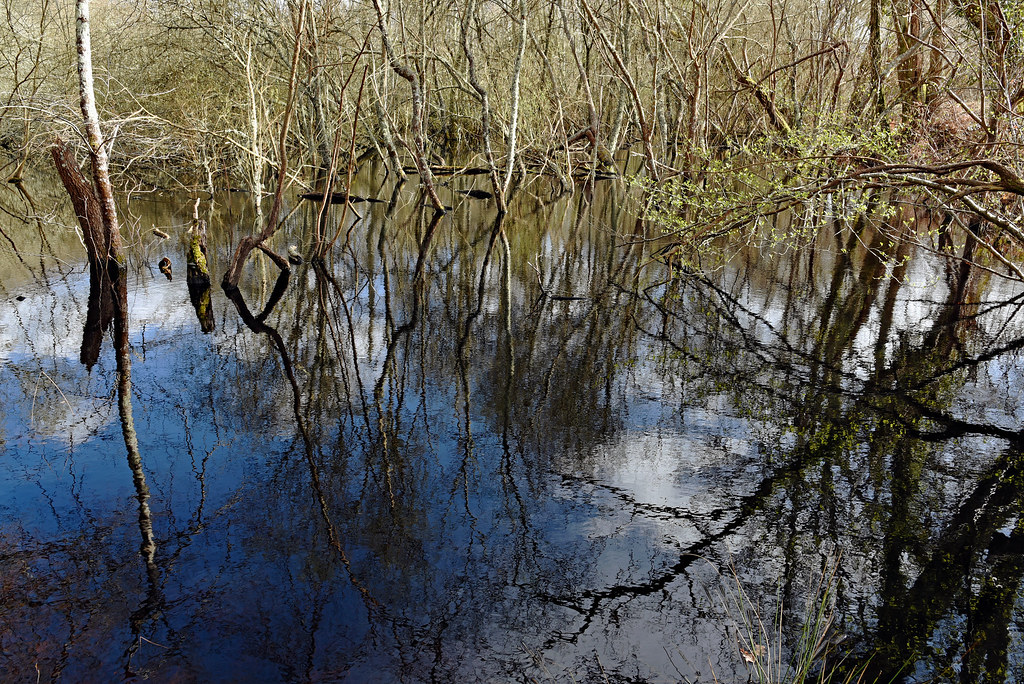
Wetlands are fundamental to the water cycle our planet depends on, for our global response to climate change, and are essential for the wellbeing of billions of people and protecting species under imminent threat of extinction, with the scale of loss and degradation beyond what we can afford to ignore. The knowledge and tools exist to reverse these trends – what we need now is sustained investment and coordinated action.
Every time you turn on a tap, every breath you take, every storm you weather safely – wetlands play a part in making that possible. The question isn’t whether we can afford to save wetlands. The question is whether we can afford not to. Did you realize that something you might have driven past without a second thought could be worth more than entire cities?
